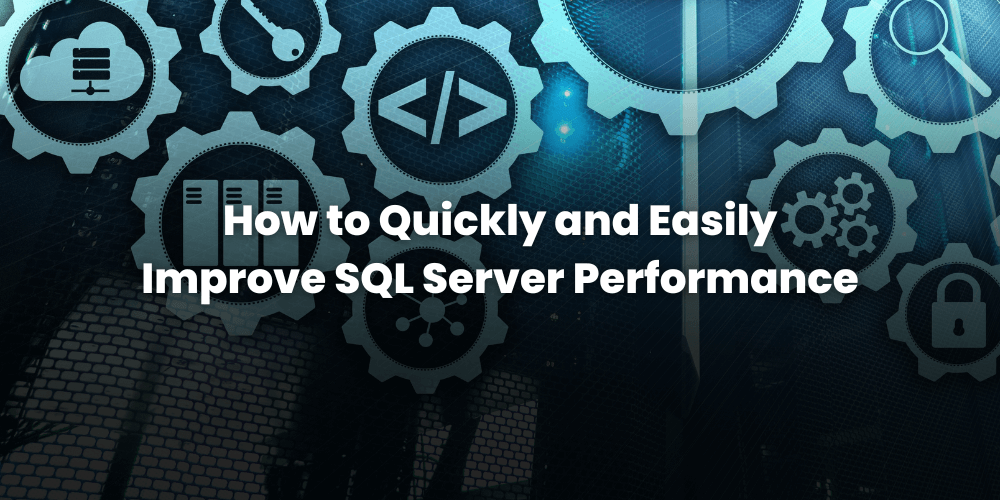If you are responsible for the management of SQL Server, then you know that performance is always a top priority. Many factors can affect SQL server performance, and it can be difficult to identify and fix the root cause of the problem.
Fortunately, there are some simple steps that you can quickly and easily improve SQL server performance. In this article, we will share with you some of the best practices for optimization of SQL server performance. By following these tips, you can get significant performance benefits with minimal effort.
1. Why SQL Server Performance Matters
SQL is a complex piece of server software that is important for the performance of many businesses. A slow SQL server can give birth to lost productivity, lost sales and even lost customers.
2. Ways to Quickly and Easily Improve SQL Server Performance
If you are looking for ways to improve SQL server performance quickly and easily, then there are some simple things that you can do that can create a big difference. One of the most important things you can ensure that your SQL server is properly configured. This means configuring things like buffer pool size, tempdb size and log file size.
Another great way to improve SQL server performance is to customize your questions. This can be done using query-tuning techniques such as sequencing and query adaptation.
Finally, make sure that you are using the right hardware for your SQL server. This means using fast processor, lots of RAM and fast storage. By following these simple tips, you can dramatically improve SQL server performance and keep your system smoothly operational.
3. The Benefits of Improving SQL Server Performance
The SQL server is an important part of many businesses, and their performance can have a direct impact on the lower line. By running the SQL server faster and more efficiently, business can reduce increased productivity, low costs, and improve customers’ satisfaction.
Studies have shown that rapid SQL server performance can increase productivity and reduce costs. For example, a study found that a sharp SQL server caused a 12% increase in productivity and a 20% decrease in costs. Another study found that improvement in SQL server performance could lead to an increase of 5% and costs 15% in costs.
In addition to increase in productivity and low costs, improving SQL server performance can also improve customers’ satisfaction. Studies have shown that when customers are satisfied with SQL server performance, they are more likely to return and buy from the company again. In other words, happy customers mean repeating business!
4. How to Get Started Improving SQL Server Performance
If you want to improve your SQL server performance, there are some things that you can do to start. First, take a look at your current configuration and identify any bottleneck. Second, make sure your SQL server is updated with the latest patch and service pack. And third, apply some best practices to your SQL server for configures and tuning.
With these steps, you will be well on your way to improve your SQL server performance. But remember, there is always a place for improvement, so do not be afraid of keeping tweaking and tuning as required.
5. Key Takeaways on Improving SQL Server Performance
- Make sure your instance of SQL Server is properly licensed and up to date.
- Make sure the server hosting your SQL Server instance has enough resources (CPU, memory, storage, etc.) to meet the demands of your workload.
- Use the proper tuning and maintenance tools to monitor and optimize your SQL Server instance.
- Follow best practices for designing, implementing, and managing your SQL Server databases.
By following these four major tips, you can significantly improve your SQL server example performance and run your database smoothly.
By following the tips in this article, you can improve SQL server performance quickly and easily. If you follow these steps, your database will run more smoothly.
Thank you for reading! If you found this article helpful, please like it, comment and share.




